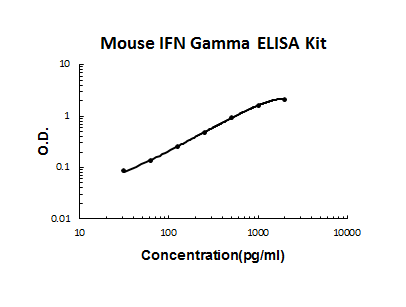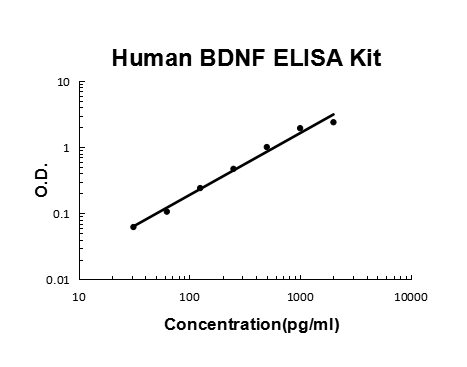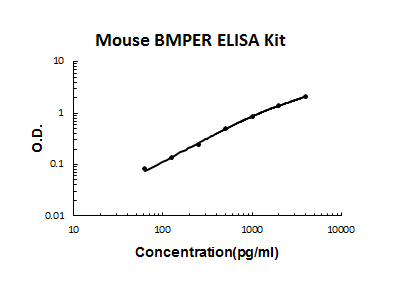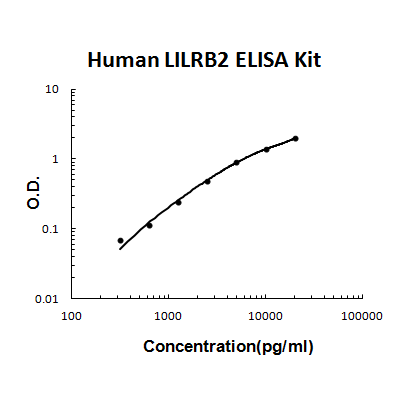Description
Antigen: rat TRPC4 amino acids 930-947 • Isotype: IgG2b • Host: mouse, clone S77-15 • Cross Reactivity: (+) human, mouse, and rat TRPC4 • Application(s): ICC, IP, and WB • TRPC4 is expressed in smooth muscle and endothelial cells where it regulates membrane potential and calcium influx. TRPC4 is activated by G(q)/phospholipase C-coupled receptors.
Synonyms: Transient Receptor Potential Canonical Channel
Immunogen: Synthetic peptide amino acids 930-947 of rat TRPC4
Formulation: 100 µg of protein G-purified IgG in 100 µl PBS, pH 7.4, containing 50% glycerol and 0.09% sodium azide
Isotype: IgG2b
Applications: WB, IP, and ICC
Origin: Animal/Mouse
Stability: 365 days
Application|Immunocytochemistry||Application|Immunoprecipitation||Application|Western Blot||Product Type|Antibodies|Monoclonal Antibodies||Research Area




